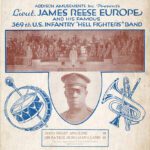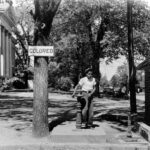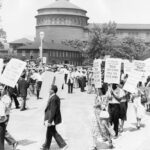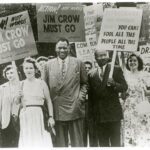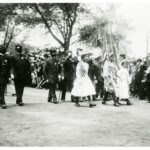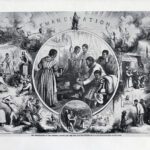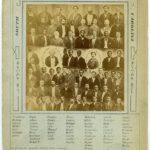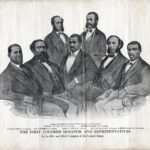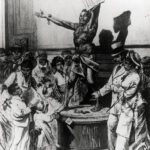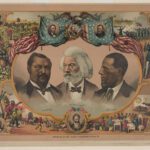
This lesson invites students to explore the critical role legal action played in resisting racial segregation during the Jim Crow era, with a focus on two defining Supreme Court cases: Plessy v. Ferguson (1896) and Brown v. Board of Education (1954). To support instruction, teachers should be familiar with the historical context, legal arguments, and societal impacts surrounding these landmark decisions.
Plessy v. Ferguson established the “separate but equal” doctrine, which legitimized racial segregation and reinforced systemic inequality across public life in the United States. Teachers should understand that the ruling provided constitutional backing to Jim Crow laws for decades and set a challenging legal precedent for civil rights advocates to overcome.
Brown v. Board of Education, decided over half a century later, marked a significant legal and social turning point. This decision declared that segregation in public schools was inherently unequal and therefore unconstitutional, directly overturning the Plessy ruling. Teachers should note the central role of the NAACP, particularly its Legal Defense and Educational Fund led by Thurgood Marshall, in carefully crafting and arguing the Brown case. This legal strategy focused on education as a powerful battleground for civil rights and helped ignite the broader Civil Rights Movement.
The NAACP’s long-term legal efforts demonstrate how organized, strategic litigation can be used to dismantle systemic injustice. Their work in challenging segregation through the courts laid the foundation for later advances in civil rights legislation and advocacy.
In the classroom, students begin by considering the importance of laws and how to change unjust ones. They then watch a short video explaining the NAACP’s legal role, engage in a group analysis of the two cases through primary source excerpts, and complete a Case Comparison Chart. Discussion and reflection are key components, encouraging students to connect historical legal efforts to modern social justice movements. The lesson concludes with an individual writing prompt and an exit ticket that reinforces students’ understanding of how African Americans used the legal system as a tool for resistance.
This unit not only strengthens students’ historical literacy but also empowers them to consider law as a means of effecting positive societal change.
New Jersey Student Learning Standards:
- 6.1.12.CivicsDP.5.a: Analyze how African Americans used the court system to expand civil rights and challenge racial inequality.
- 6.1.12.HistoryCC.5.a: Evaluate the role of historical events and court cases in shaping modern social justice movements.
Curriculum
- 3 Sections
- 3 Lessons
- Lifetime
- Stage 11
- Stage 21
- Stage 31
Lesson Materials:
| Name | Type |
|---|
